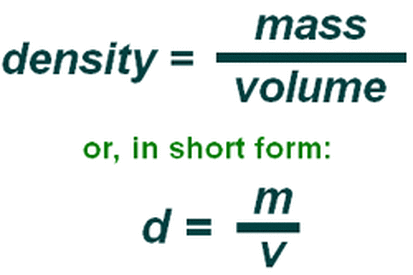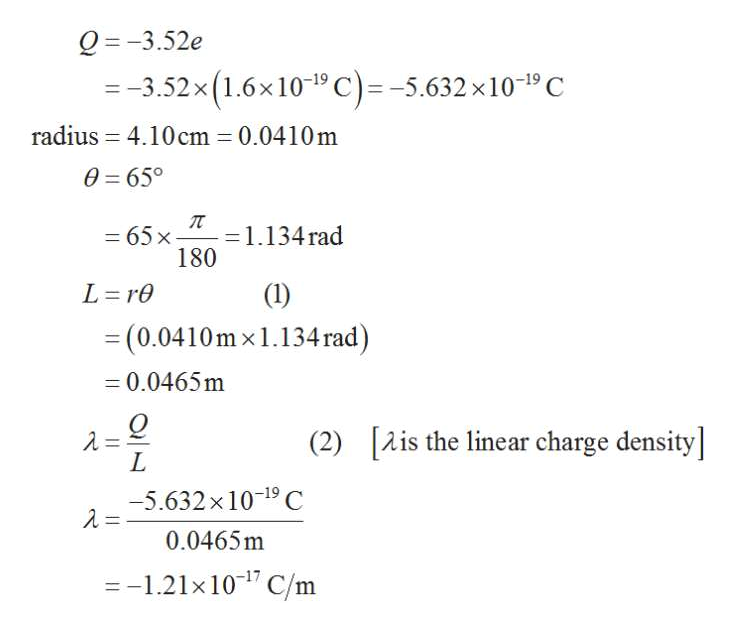
Convert any units as needed to get a number in meters cubed. In many situations, \(f_X\) will be zero outside an interval. Figure out the volume, by either measuring the dimensions of a solid or using a measuring jug for a liquid. The first expression is not an indefinite integral. This equation for parahydrogen, adapted for use for normal hydrogen, was once considered adequate for density calculations in the region of interest. How do you find density GCSE The most accurate way to calculate the density of any solid, liquid or gas is to divide its mass in kilograms by its volume (length × width × height) in cubic metres. Density is commonly expressed in units of grams per cubic centimetre.

\(\int g(t) f_X (t) dt = \int_R g(t) f_X(t) dt\) a 32-term expression for pressure as a function of temperature and density, p(T,). The formula for density is d M/V, where d is density, M is mass, and V is volume. In the literature on probability, it is customary to omit the indication of the region of integration when integrating over the whole line.( 1 ) and ( 4 ), respectively ) and the correlation tables. Density is defined as mass per unit volume. The calculator can use any two of the values to calculate the third. Knowing the shape of an object allows you to choose the proper formula and make the necessary measurements to calculate. An argument based on the Quantile Function shows the existence of a random variable with that distribution. DISCUSSION The correlation formulas for density, and the density - viscosity product ( eqs. Density Equation for these Calculations: p m V Where: p density m mass V volume The Density Calculator uses the formula pm/V, or density (p) is equal to mass (m) divided by volume (V). If \(\int f \ne 1\), multiplication by the appropriate positive constant gives a suitable \(f\). See the following subsections below for more information: Calculation Flow Diagram Time-Weighted Average Flow Rate Formula Density. Electric current is defined as the amount of electric charges passing through a unit cross sectional area of the conductor in a unit time. Any integrable, nonnegative function \(f\) with \(\int f = 1\) determines a distribution function \(F\), which in turn determines a probability distribution.& Aadny, B.S., 2011.(t)\) at every point of continuity of \(f_X\) It is also frequently represented in the cgs unit of grams per cubic centimeter (g/cm 3 ). & Millheim, K.K., 1986. SPE Textbook Series, Volume 2: Applied Drilling Engineering, Society of Petroleum Engineers. To calculate the density (usually represented by the Greek letter ' ') of an object, take the mass ( m) and divide by the volume ( v ): m / v The SI unit of density is kilogram per cubic meter (kg/m 3 ). For a 20-gram mass that takes up a volume of 5 cubic centimeters, the density is 4 grams per cubic centimeter. Using a calculator, or by hand, if you are feeling adventurous, simply divide the mass in grams by the volume in cubic centimeters.
#Density formulas professional#
Lapeyrouse, N.J., 2002. Formulas and calculations for drilling, production and workover, Boston: Gulf Professional publishing.īourgoyne, A.J.T., Chenevert, M.E. Using the Density Equation Download Article 1 Divide the object's mass by its volume. Please find the Excel sheet to calculate Equivalent Circulating Density (ECD) The equivalent circulating density formula is shown below Oilfield UnitĮquivalent Circulating Density (ECD) = (Annular Pressure Loss ÷ 0.052 ÷ True Vertical Depth (TVD)) + (Current Mud Weight)Įquivalent Circulating Density (ECD) in ppgĮCD in ppg = (400 psi ÷ 0.052 ÷ 8,000 ft) + 10.0 ppgĮquivalent Circulating Density (ECD) = (Annular Pressure Loss × 1000 ÷ 9.81÷ True Vertical Depth (TVD) ) + (Current Mud Weight)Įquivalent Circulating Density (ECD) in kg/m 3ĮCD in ppg = (2,760 Kpa × 1000 ÷ 9.81 ÷ 2,440 m ) + 1,200 kg/m 3


ECD is vital for drilling engineering since it limits how depth of each section to be drilled and leads to losses. Equivalent Circulating Density (ECD) is the effective density that combines current mud density and annular pressure drop.


 0 kommentar(er)
0 kommentar(er)
